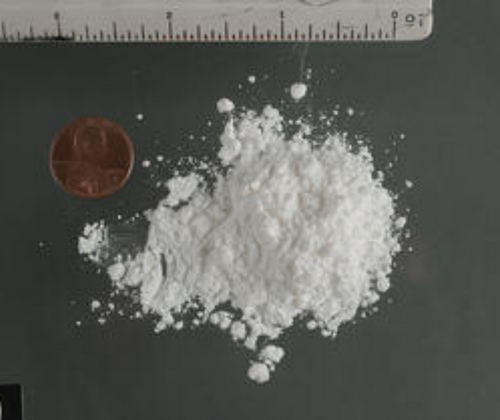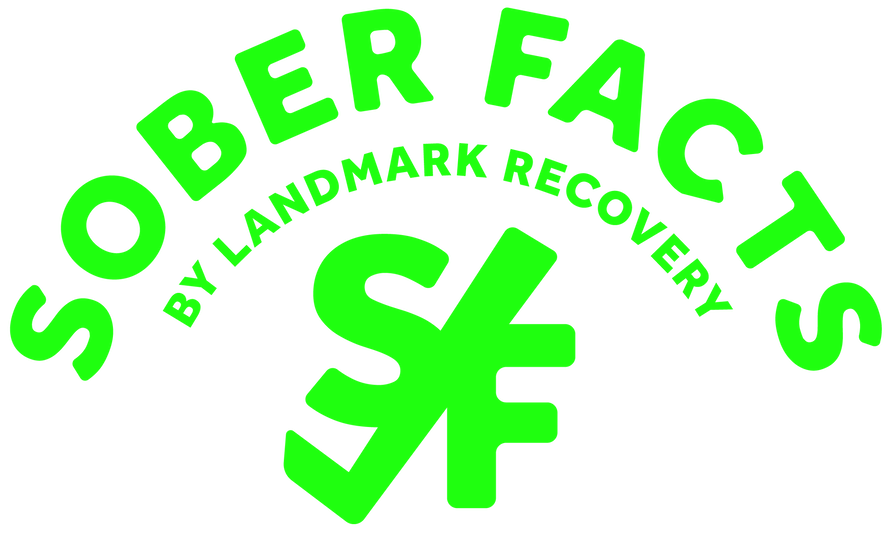Choosing recovery close to home means your support system is just a few miles away.
- 100% Confidential
- Available 24/7
- No Pressure to Commit
- Multiple Financial Options Available
Choosing recovery close to home means your support system is just a few miles away.

Sounds Like: coe.kayne.
Classification: Central Nervous System (CNS) Stimulant
Controlled Substance Act Schedule: II
Other names for Cocaine

Cocaine is a powder-like substance with a high risk for abuse and addiction. When taken, it produces an almost immediate and powerful high or “rush.” Cocaine belongs to a class of drugs called Central Nervous System (CNS) stimulants. The drug is normally distributed in a white, crystal-like powder originating from natural coca leaves, plants grown in South America.
People who use cocaine experience intense feelings of euphoria, happiness and alertness. High amounts of cocaine or prolonged use can result in a crash that leaves people feeling exhausted, sleep-deprived and depressed for several days. Following a crash, users are known to crave cocaine again.
Surgeons used cocaine as a local anesthetic to block pain before medical procedures at one point. Cocaine is still used for medical purposes like pain management prior to surgery. Still, it’s mostly diluted or “cut” with household products like baking soda or flour to increase illegal street supplies and profits for drug dealers.
Cocaine has a high risk for abuse and addiction. The drug releases dopamine, a reward-seeking chemical, in the brain that can make users develop a tolerance. Cocaine’s short-term effects last anywhere from 15 minutes to one hour depending on the amount taken and how it’s taken. As a result, many people take higher doses of cocaine or binge the stimulant to experience the initial “rush.”
If their body adjusts to how often they use cocaine, that’s a sign of physical and mental dependence. People might experience withdrawal symptoms like increased blood pressure or insomnia when they stop injecting, inhaling or snorting the drug, another sign of physical or mental dependence.
When people abuse cocaine and develop substance use disorder, they could require medically-supervised detox and an individualized treatment plan to recover from the powerful stimulant.
Need help with Cocaine or another drug addiction?
Call Landmark Recovery and speak with an admission specialist today.
Call NowWe're available 24/7 to help you find Recovery
Cocaine hydrochloride is acceptable for medical use in the United States. It’s used to numb the upper respiratory tract (nose, mouth, throat, etc.) and manage pain and bleeding during surgery. Some people combine it with heroin, an opioid pain reliever, in a mixture called “speedball.” Cocaine is also taken with alcohol or other street drugs for recreational use.
Take cocaine exactly as directed by your doctor or pharmacist.
Cocaine is administered and/or abused in different forms. Medical professionals inject cocaine hydrochloride for pain management during surgical procedures. People often snort illegal powdered cocaine or inject it into their veins after dissolving it in water. Crack cocaine base, which looks like rocks or chunks, can be smoked when heated.

If any of these side effects become severe, immediately call a doctor.
Uncontrolled cravings for cocaine
Unsuccessful attempts to stop using cocaine
Prioritizing use of cocaine over spending time with family or friends
Legal or financial problems
Physical withdrawal symptoms when reducing or stopping cocaine use
Use of cocaine despite adverse or negative behaviors
Stealing items or money to purchase cocaine
Cocaine is the second-most popular recreational drug in the United States (behind marijuana)
Colombia is the world’s largest cocaine producer
In 2020, more than five million people ages 12 or older reported using cocaine within the past 12 months